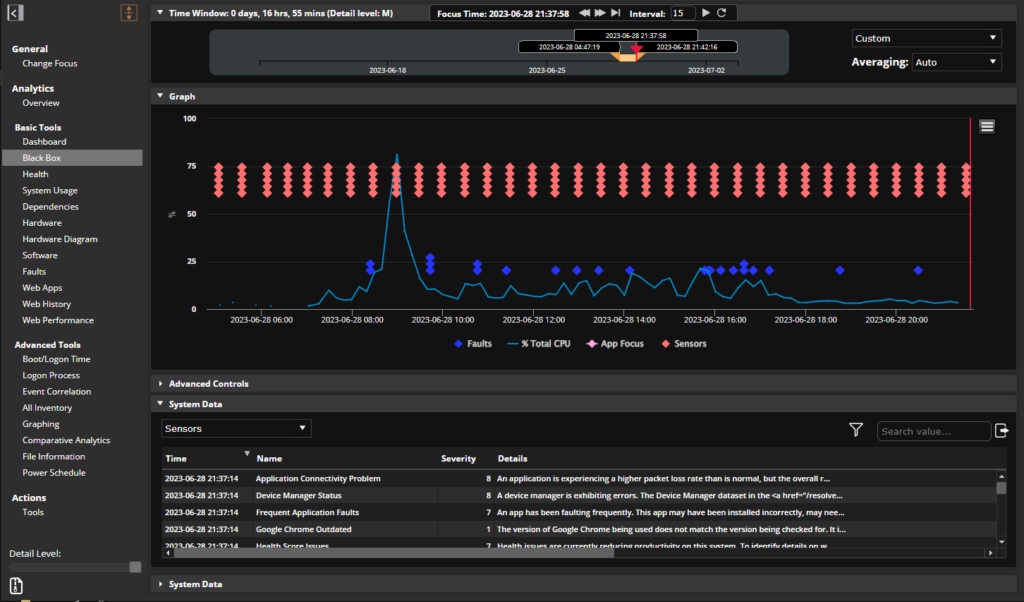After having completed assessments for thousands of workstations with the SysTrack Desktop Assessment service provided for VMware we’ve been inundated with requests for all kinds of features. One specific need kept coming up time and time again, and I’m happy to announce that we’re now able to provide a solution for it. With the start of VMworld not only are we going to start providing the SysTrack Cloud Edition for vCloud Air as a “SysTrack as a Service” offering with the capability to extend your data collection indefinitely into the implementation and steady state deployment phases, but we’re also offering expanded planning tools to help tackle the problem of portfolio planning.
Overwhelming feedback from users of the SDA has been that one simple addition would provide monumental benefits: access to our Image Planner. With an on premises deployment of SysTrack it’s possible to simply build an image plan directly in the IP web application and have that imported directly into SysTrack Transform for project management. The latest update to SDA unlocks that functionality for any customer to allow cloud based image planning and portfolio rationalization. This means that with our automation focused web app it’s possible to build out a plan for a base image and map out user application requirements with ease.
With IP you can start with a list of systems you want to work with; you can choose to begin with all systems or a subset if you want to have multiple plans. Once you’re ready to get started you’re immediately able to start whittling down your potential inventory of applications by making choices for what to keep and what to exclude. There’s also an interface for standardizing on specific versions of software if you’ve got multiples or if you want to remove apps that serve duplicate business purposes.
The real key feature, and the one that makes IP such a valuable way to map out user entitlements, is the automation area. This allows you to pick some basic settings for when to install applications separately from a base image, when to deliver an application via RDS, or when to virtualize applications. This then maps out the user entitlements for which users in the environment need access to those applications and assigns them to the appropriate choice.
Another key feature is the addition of AppVolumes app stack planning. This appears in the Layering section of IP and provides a mechanism to automate the analysis and assignment of applications into stacks that are then associated with users. Basically it’s a way to streamline picking what applications should go where and pinpointing who should be entitled to use them.
The net outcome is a comprehensive report that contains a list of images that are required, the supporting files necessary for those images, and a complete mapping of users to the applications they require. This makes it much easier to plan a migration, and it remove quite a bit of the manual effort that would otherwise be required to ensure every user has their critical applications.
These new features are all live over at the VMware SDA site, so if you haven’t already registered get started today!
Subscribe to the Lakeside Newsletter
Receive platform tips, release updates, news and more



